Neighborhoods
Beale Street
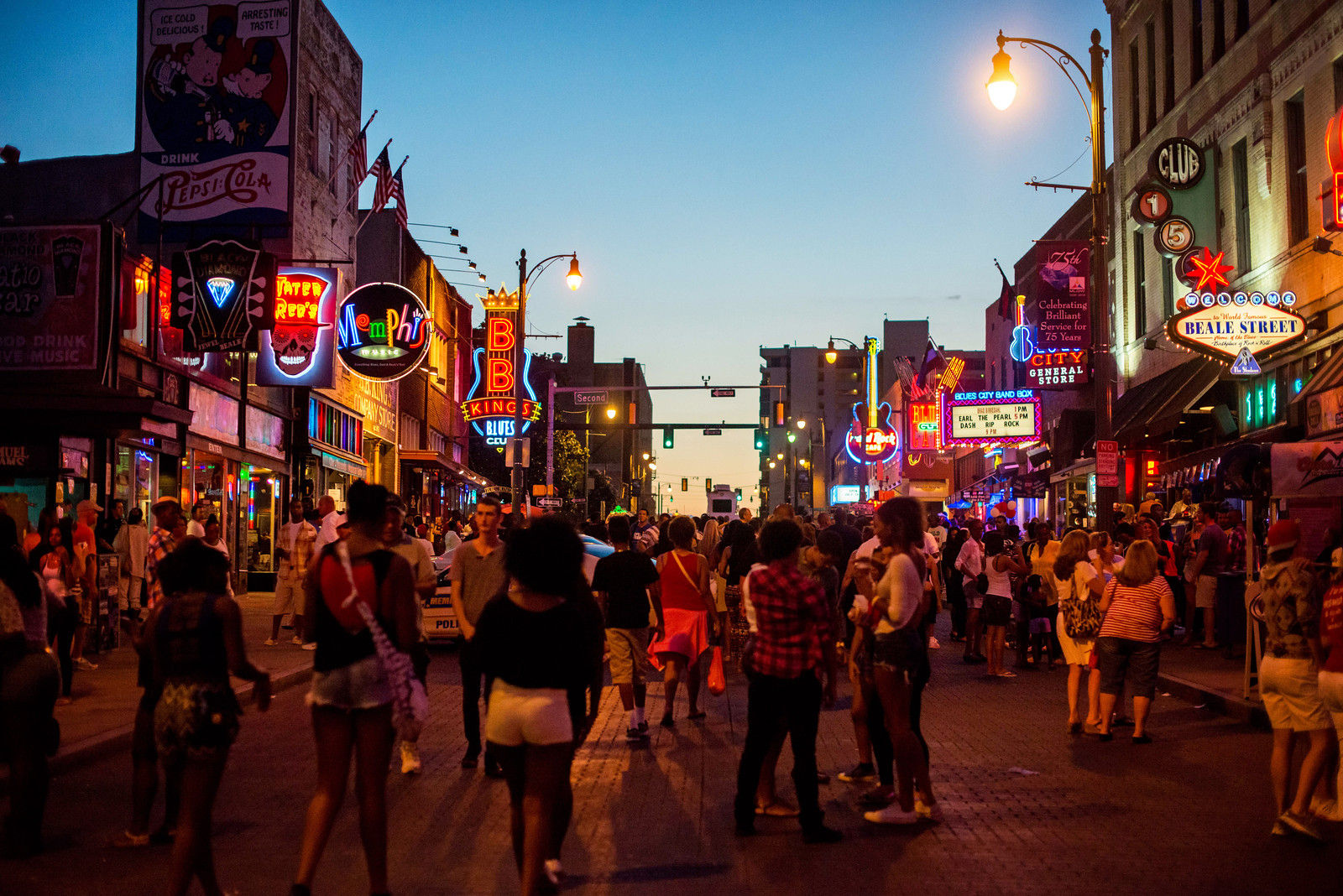
Beale Street is revered for its influence on American music – not just the blues that bubbled up from Beale, but the music that the blues inspired – almost every musical genre, including Rock 'n' Roll, Hip Hop, and Pop. Millions of people from around the world come to Memphis each year just to put their feet on the hallowed ground where B.B. King, Furry Lewis, Memphis Minnie, Rufus Thomas Albert King, and so many other legends catapulted their careers. Today’s Beale Street is still the center of Memphis' entertainment district, with restaurants, music venues, and shops.
Beale is surrounded by powerhouse experiences, with Broadway’s best regularly on stage at The Orpheum just a block away, and NCAA and NBA basketball rocking the Grindhouse (FedExForum) mere steps from the heart of Beale. Nearby attractions: Memphis Rock ‘n’ Soul Museum, Blues Museum, Handy House, and more.
To learn more about Beale Street, visit BealeStreet.com
Core/Civic Center
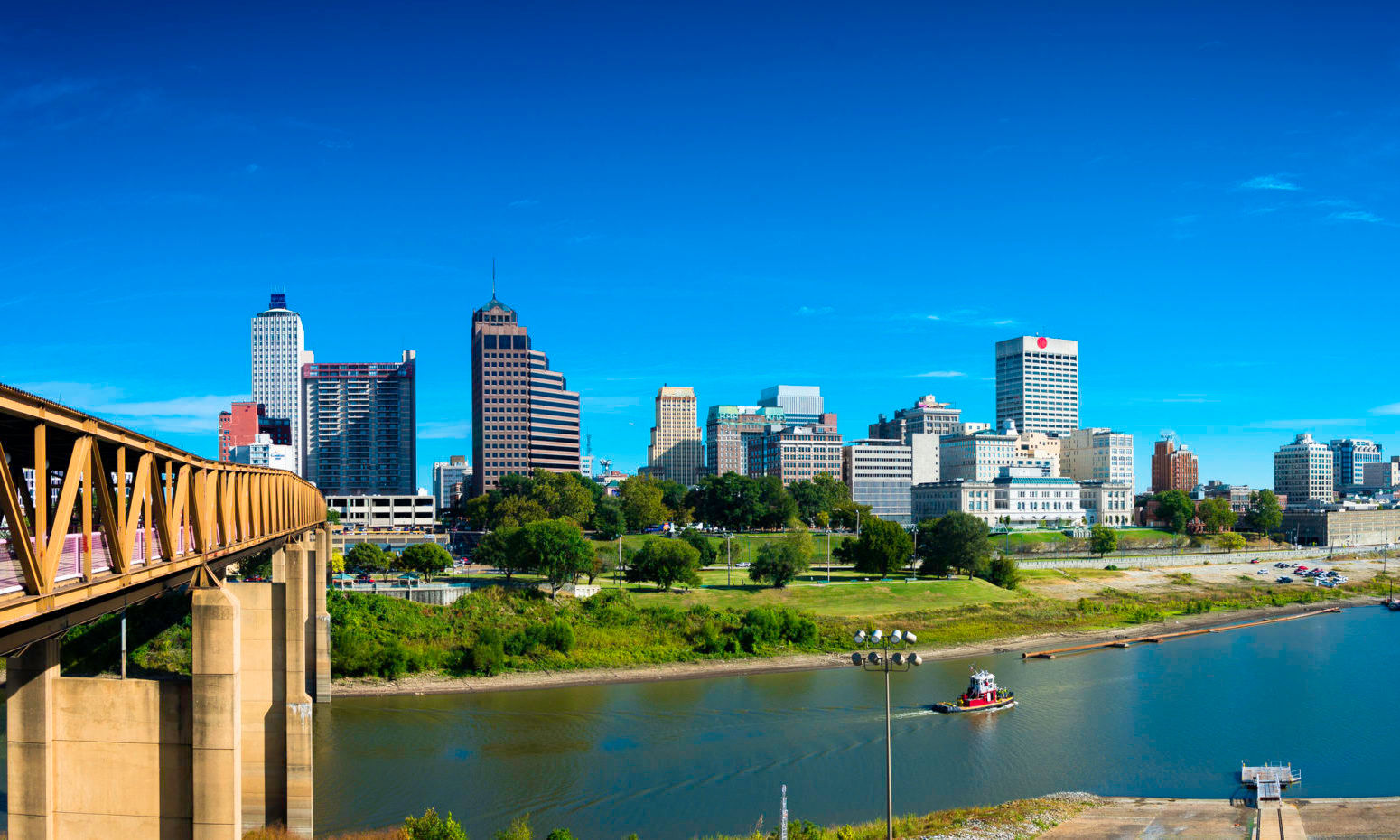
Tall buildings dot The Core’s landscape and are full of budding entrepreneurs, tech start-ups, and creative companies generating innovative ideas. Millennials have flocked to residential spaces with river views, and millions of visitors make temporary homes in numerous hotels here. While so much activity is buzzing above the ground in The Core, it is what happens on the street and in the spaces between the buildings that make this neighborhood alive and special.
Our city was born here – high on the bluffs of the Mississippi River – and everywhere you look our history is still on display in the charm of our cobblestone streets, horse-drawn carriage rides and turn-of-the-century architecture. The stories of our city can be found in a simple walk to museums to learn about Memphis’ funky edge and poetic soul.
The Core’s historic scenery serves as a juxtaposed backdrop to its evolution into today’s 24-hour, vibrant city with live street performances, impromptu creative collisions by Memphis business leaders, and beautiful, active green spaces like Court Square and multiple riverfront parks.
Core District Demographics and Statistics
Edge/Medical District
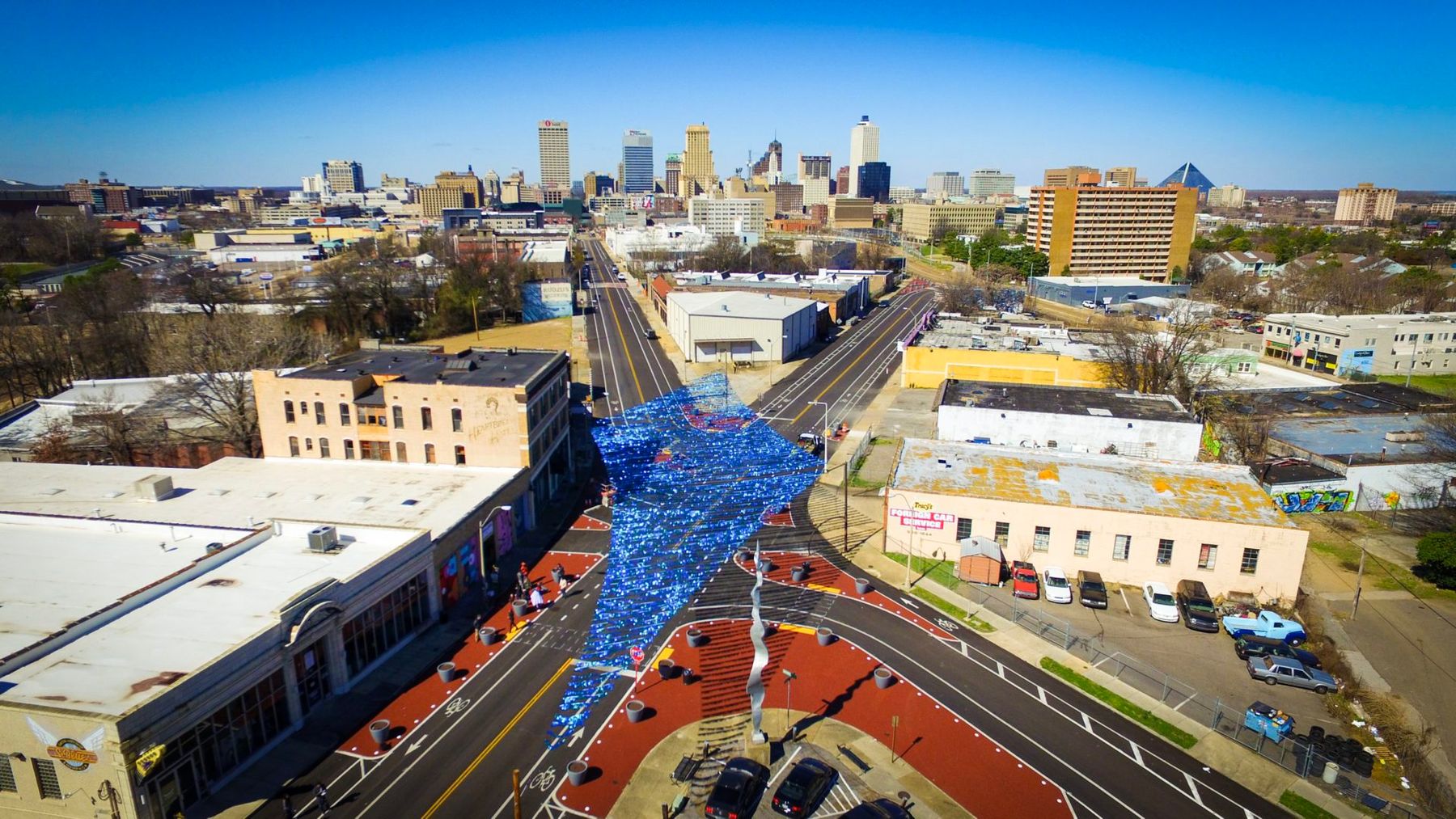
Anchored on one end by Sun Studio and AutoZone Park on the other, The Edge has been an intersection of industry and culture since the city’s earliest days. Its odd, zig-zag streets and alleys (which were laid out to accommodated railroads in the 1800s) are lined with industrial buildings turned into studios for craftsmen and creatives, several auto repair shops, and boundless potential. From its earliest beginnings as a railroad hub, this area has been utilitarian – where things get done.
For years, this was a forgotten neighborhood, but sandwiched by growth in the Medical District and the vibrant Downtown Core, all eyes are now on The Edge as businesses, breweries, and restaurants have all become neighborhood staples.
More than 20,000 people work in the 700-acre Medical Center and around 7,800 students attend the neighborhood’s educational anchors. Growth in biomedical research is positioning the Memphis Medical Center as an internationally recognized leader in biosciences. New medical and research centers and expansions to existing facilities are creating a growing need for housing and amenities to support this large employee and student population.
Edge/Medical District Demographics and Statistics
Harbor Town/Mud Island
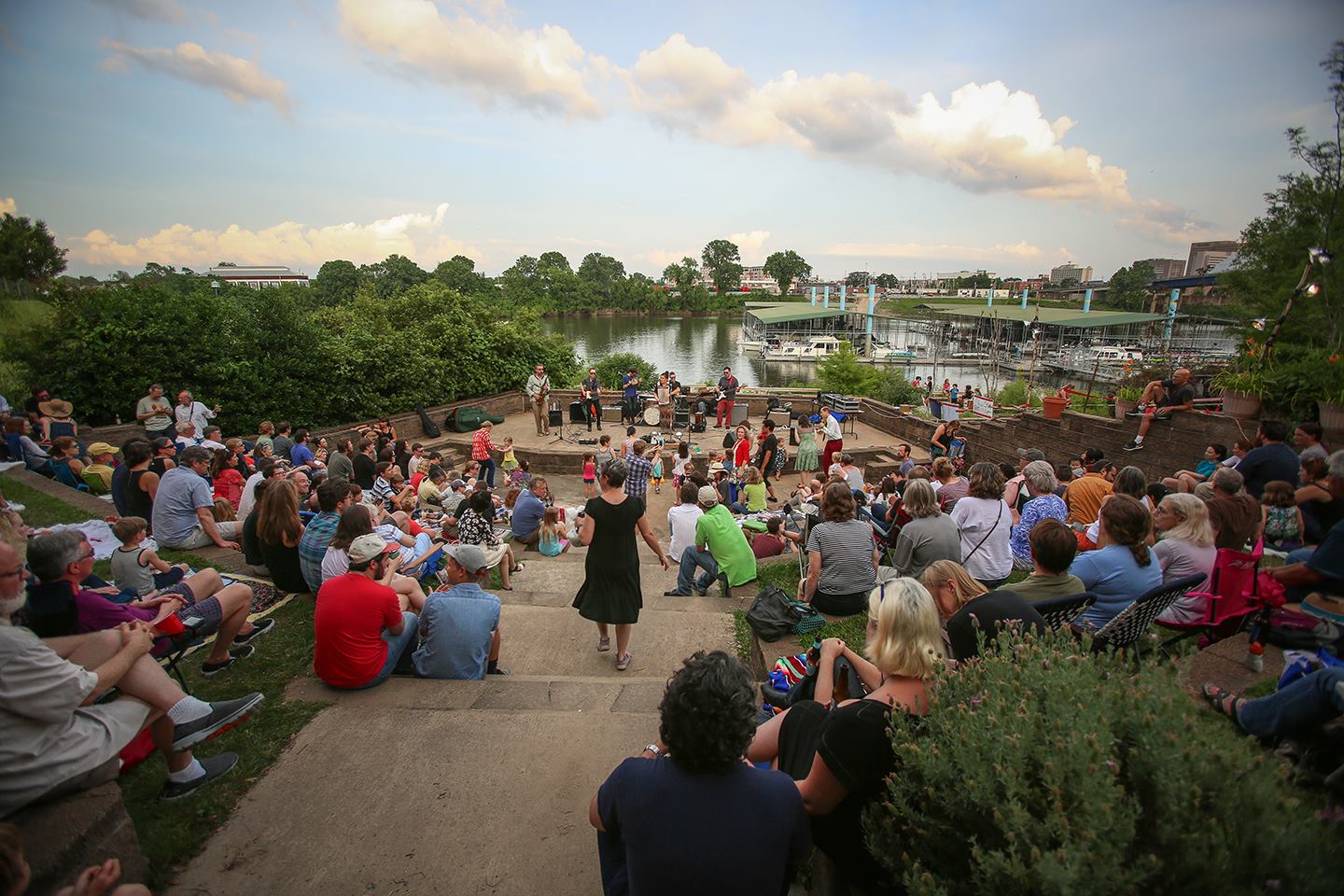
When you cross the AW Wills Bridge onto Mud Island, take a deep breath and relax. You’ve just entered a resort-like community where the majestic, expansive views of the Mississippi River seem to melt away stress. Yachts and boats bob in the Harbor Town Marina, luxury condos line the Wolf River, and joggers take in sunset runs along Greenbelt Park. Today more than 8,000 people live here enjoying the movie-set charm of their neighborhoods (technically it’s a peninsula). Mud Island is its own special self-contained community where you can fill an entire day from sun up to sun down with a leisurely pace.
North District Demographics and Statistics
Pinch District
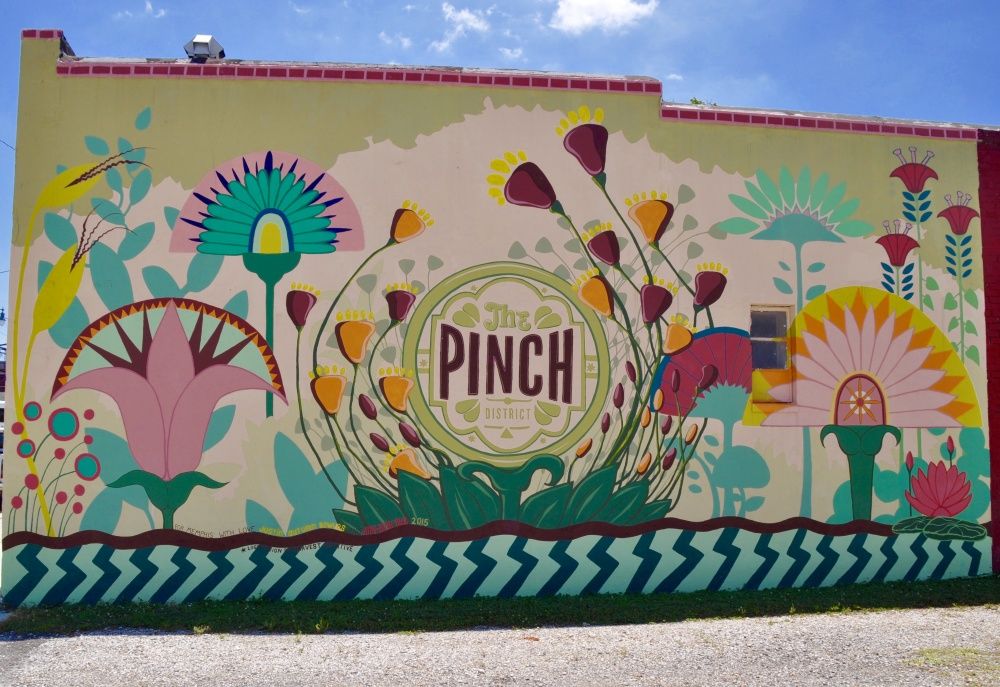
The Pinch District was Memphis’ first neighborhood and was a melting pot for mostly Irish immigrants who came to America to escape the Potato Famine. Originally, the Pinch actually got its name from the “pinched gut” look of the poor and hungry residents who lived here. The Pinch was also Memphis’ first commercial district, and is home to world-renown St. Jude Children’s Research Hospital. With the recent Pinch development plan, The Pinch is poised to re-emerge as a center for commerce and community.
North District Demographics and Statistics
South Main
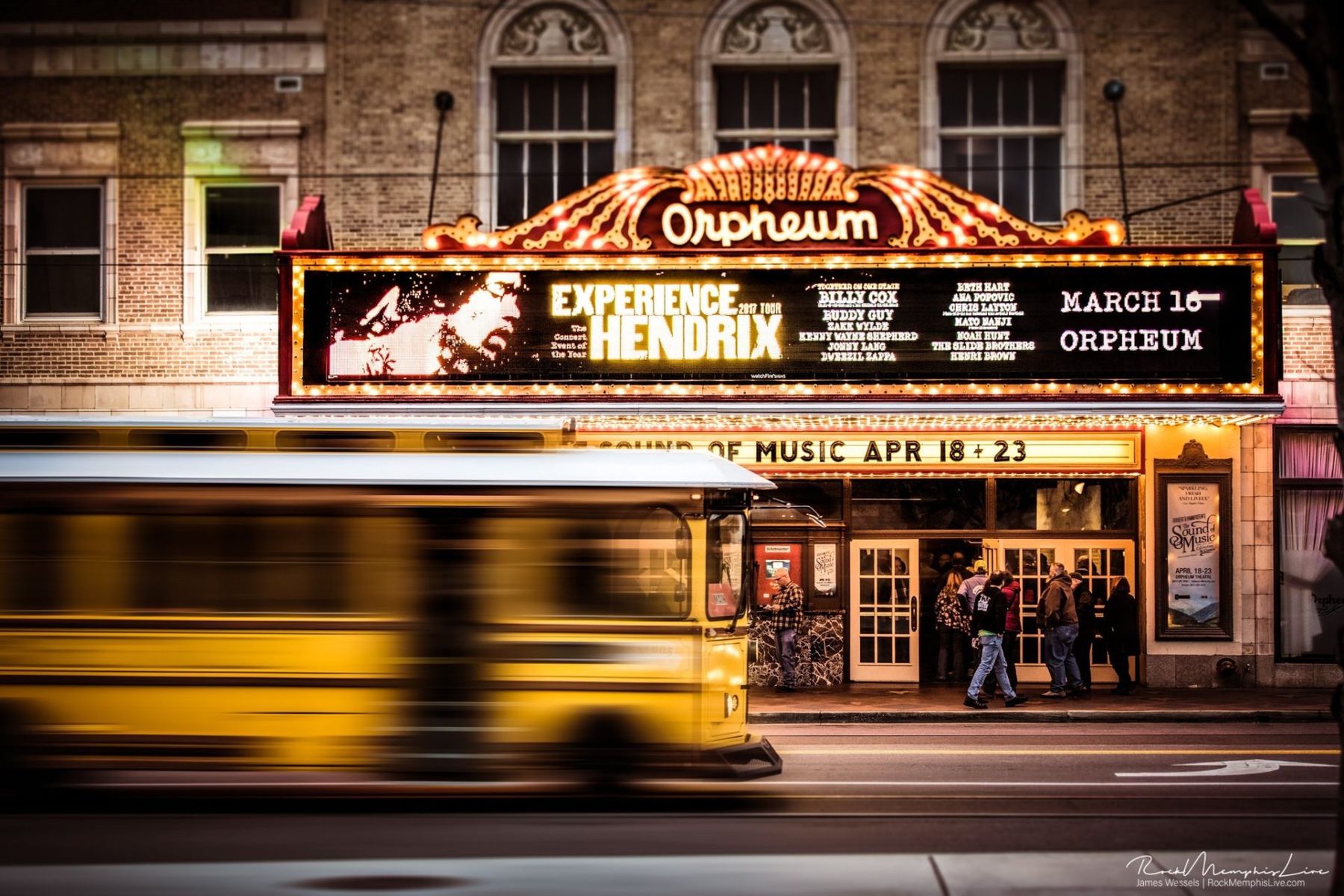
This one-square mile neighborhood – starting just one block south of Beale Street – holds some of Memphis’ greatest legends, architecture, art, innovation, and characters. It is full of DIY’ers and entrepreneurs, locally-owned shops, chef-owned restaurants, and organizations passionately in support of the arts. This was Memphis’ first suburb, first arts district, the hub of the world’s first modern grocery store, and where rock and roll was first played on the air, and today, the world comes to South Main to hear the story of the civil rights movement. Nearly $500 million in new development is underway in South Main, bringing in more residents, attractions, restaurants, and more.
To learn more about South Main, visit GoSouthMain.com
South Main Demographics and Statistics
South Main Walking Tour with Jimmy Ogle
Uptown

In 1999, the Uptown Partnership renamed the historic North Memphis Greenlaw neighborhood “Uptown” in concert with a public-private revitalization effort that defined Uptown as one hundred city blocks east of the Wolf River and North of A.W. Willis Avenue. The historic Greenlaw section of this neighborhood consists of the thirty city blocks closest to the Wolf River. Just east of Harbor Town and north of The Pinch, Uptown is an engaging place with the character and community fabric of a traditional neighborhood coupled with the vibrant lifestyle of Downtown. Residents enjoy a variety of homes with attractive pricing, modern appeal, and new quality construction rarely available inside the city. A walk, bike, or trolley ride takes you to the Mississippi River, St. Jude, the medical center, and all of the entertainment, arts, sports, restaurants, and shopping throughout Downtown.
To learn more about Uptown, visit UptownMemphis.org
North District Demographics and Statistics
Victorian Village
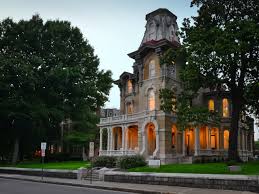
This historic area was once known as “Millionaire’s Row” because of the mansions lined the streets and the wealthy residents that lived in them. Many of those homes from the mid to late 1800s still stand – Mallory Neely House, Woodruff Fontaine House, James Lee House and Mollie Fontaine to name a few – and have been repurposed into museums, a bed and breakfast and one of the city’s hottest night spots. New homes are being built in this neighborhood in styles reminiscent of the Victorian era.
For more information about the neighborhood, visit VictorianVillageInc.com